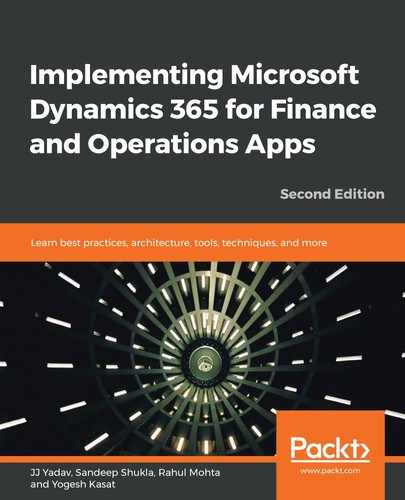In the previous chapter, you learned about the importance of requirements gathering, business processes, solution blueprints, and requirement traceability.
In every implementation project, there are two primary data management activities that a project team needs to deal with, as follows:
- Configuration data: Configuration means setting up the base data and parameters to enable your functionalities, such as financial, supply chain, taxation, and project management.
- Data migration: Data migration means migrating data from the existing legacy system to a new ERP system. Typically, it includes master data such as customers, vendors, and products, and open transactions such as opening balances, open receivable, open payable, open orders, and on-hand inventory.
Effective management of data can be achieved with the help of the right scoping, tool selection, techniques for migration, validation, and well-defined acceptance criteria. Configuration and data management is often the most complex and underestimated area in ERP implementations. This chapter is about the tools, techniques, and best practices you should use when doing configuration and data management for Finance and Operations projects.
We will be covering the following topics in this chapter:
- Explaining configuration management
- Managing data migration
- Introducing data management tools
- The data management framework
- Data management scenarios
- Best practices in managing configurations and data migration
